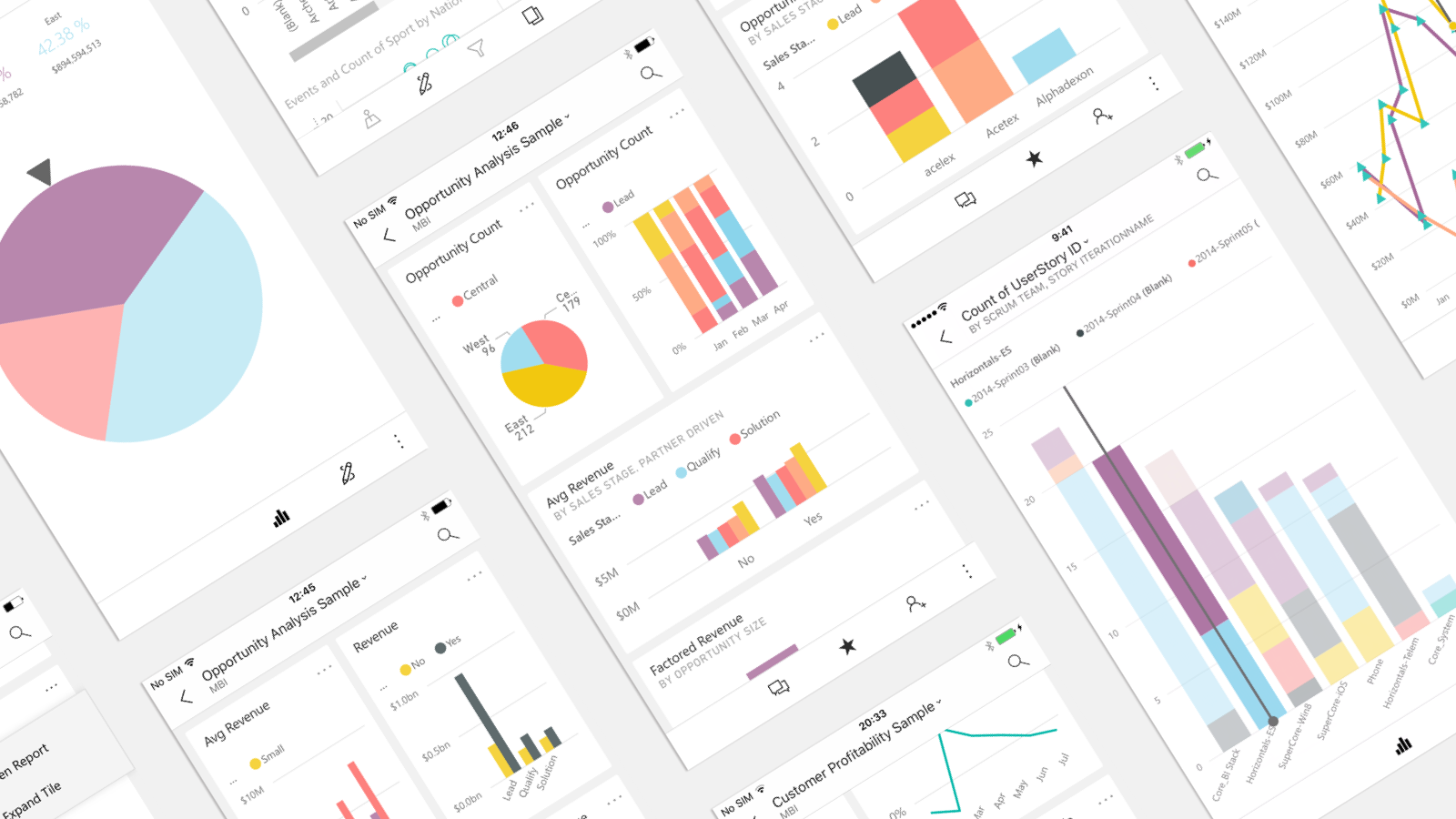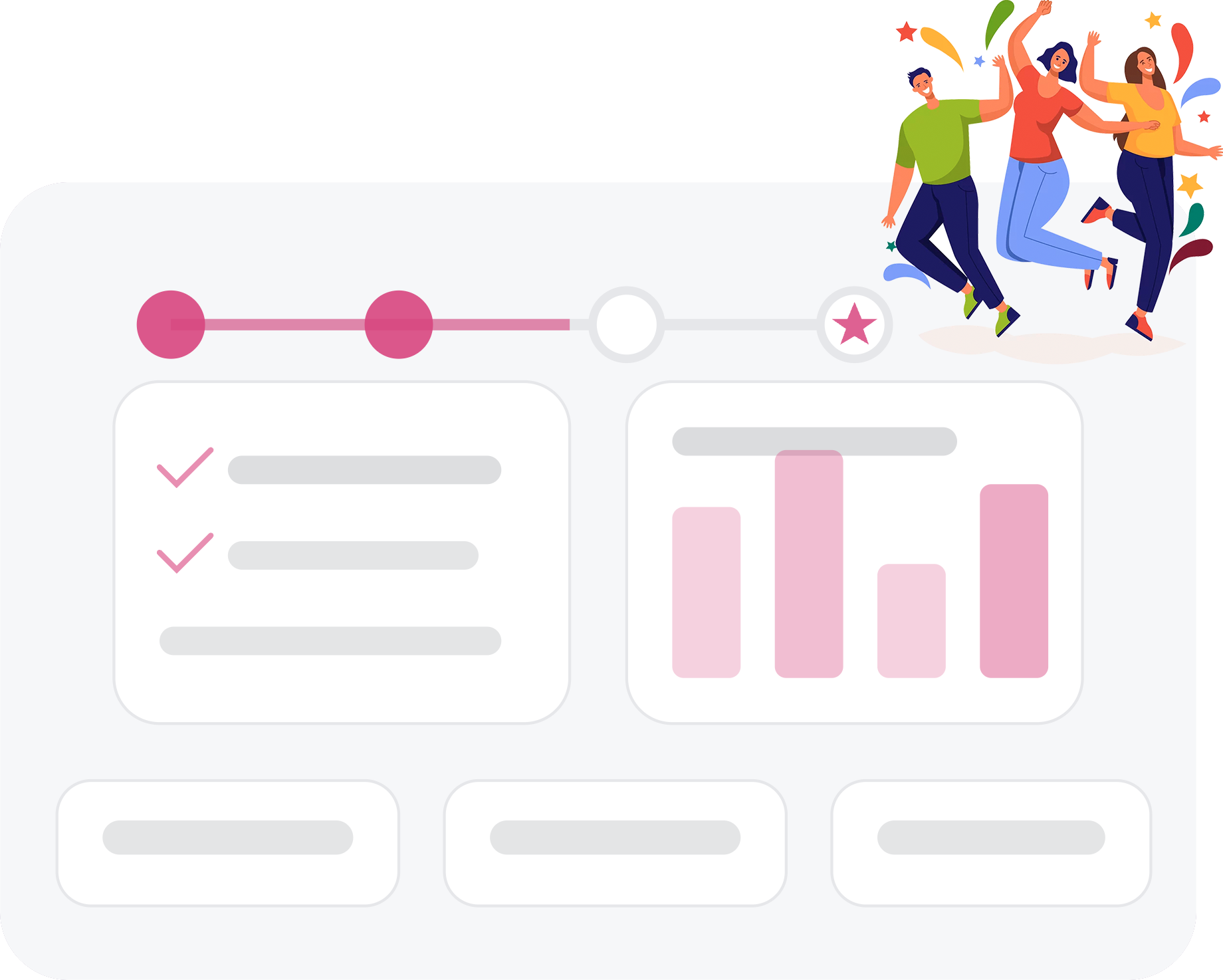
HR Analytics in Strategic Human Resources Management
Today, more than ever, data is generated constantly and everywhere. The concept of Big Data has become common in corporate discussions, describing how data is created at increasing speed, volume, and variety.
The same applies to Human Resources. Every day, vast amounts of information are collected about employees—through the tools they use, their performance, and their behaviors within the organization, among many other examples.
Given this massive data availability, it’s crucial to turn raw data into meaningful insights that truly inform decision-making.
This is where the concept of People Analytics (or HR Analytics) emerges: a data-driven approach to understanding people and teams, enabling HR leaders to make better strategic workforce decisions.
By relying on real, contextual data, HR leaders can identify challenges and implement targeted solutions with far greater precision and impact.
What are the different levels of data analysis?
Data analysis can take different forms depending on depth and how data is applied.
Descriptive Analysis
Focuses on describing key data points—such as training completion rates, employee turnover, or total hours invested in development activities.
Diagnostic Analysis
Aims to uncover the root causes of specific issues. This involves more advanced techniques, such as analyzing satisfaction surveys and feedback to identify relationships and patterns.
Predictive Analysis
Uses techniques like Machine Learning to forecast future events—for example, identifying employees likely to leave or uncovering drivers of disengagement.
Prescriptive Analysis
The most advanced stage of data use, where insights lead to recommended actions that help decision-makers choose the best path forward.
Why is People Analytics so important for HR?

People Analytics—also known as HR or workforce analytics—applies data analysis techniques to better understand and optimize employee performance and HR processes. This evidence-based approach is becoming essential for modern HR teams. Key benefits include:
- Evidence-based decisions: HR professionals can rely on concrete data to make more objective and accurate decisions.
- Process efficiency and effectiveness: Data analysis highlights inefficiencies and improves how HR resources are allocated.
- Performance and retention forecasting: Predictive models help identify key performance drivers and estimate candidate success or attrition risks.
- Employee engagement: Surveys and continuous feedback can be analyzed to measure and boost engagement levels.
- Targeted development and training: Learning and development data helps identify skill gaps and shape tailored upskilling programs.
GFoundry is a leading digital platform for Employee Engagement, supporting key talent-management processes such as Onboarding, Learning, Recruitment, and Performance Management, among many others.
Beyond creating powerful employee experiences, the platform enables organizations to collect and analyze key data about those journeys.
GFoundry provides ready-to-use dashboards with detailed stats—both overall and module-specific—and allows easy data export to xlsx files.
Real-world examples of GFoundry data analysis levels
Descriptive Analysis
The platform provides built-in metrics to administrators, such as number of logins, most-used features, and user counts.
Diagnostic Analysis
Custom feedback or opinion surveys can be deployed, then combined with other data sets to identify root causes and explain trends.
Predictive Analysis
GFoundry is actively developing predictive capabilities to identify user behaviors that reveal key characteristics.
One example is Competency Mapping. By analyzing completed training, peer and manager feedback, organizations gain a macro-level view of workforce skills and gaps.
Prescriptive Analysis
The Engagement Thermometer offers an automatic way to measure organizational climate, tracking metrics like alignment, motivation, and team–manager relationships.
Based on these results, the platform suggests targeted actions to address key issues. For example, if feedback is lacking, it might recommend activating the Feedback Module to enhance peer-to-peer communication.
Subscreva a Newsletter da GFoundry: Insights Semanais sobre os Tópicos Mais Relevantes de RH
Ready to get started?
Take the next step and learn more about how GFoundry can help you.
